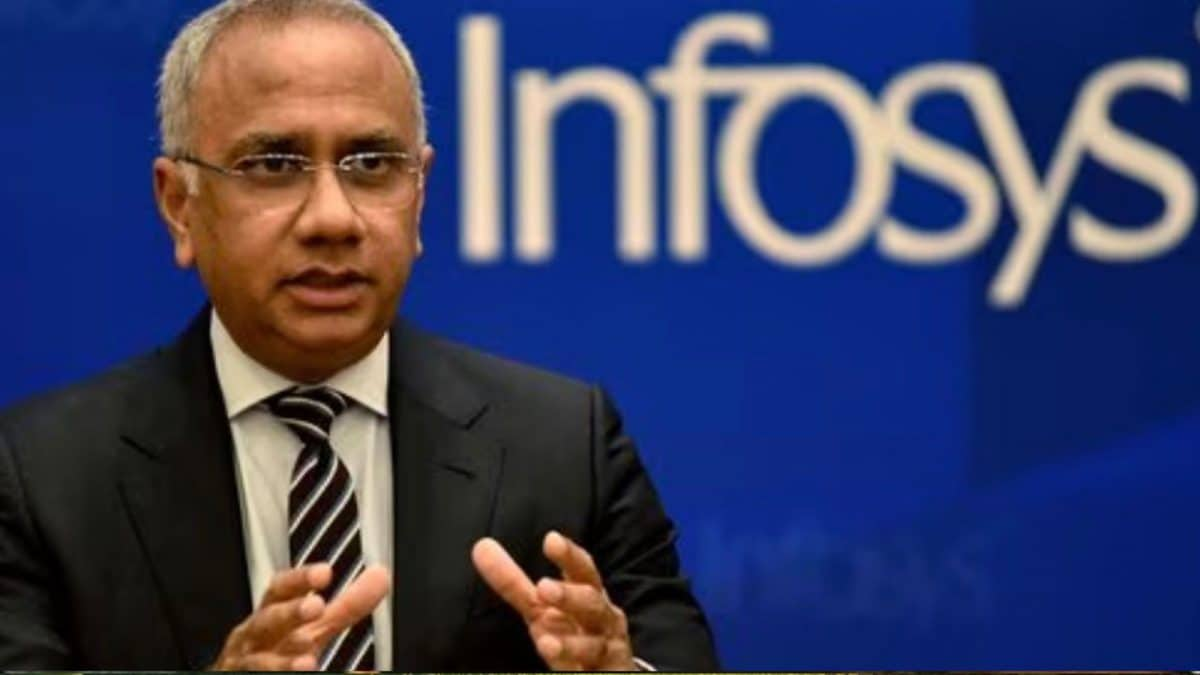Last Updated:
By decade’s end, nearly 1 in 5 Indians will be over 60, facing rising healthcare costs and inflation.

Individuals should also assess tenure versus longevity risk, as extended life expectancy means that short-term deposits may not suffice, making lifelong insurance annuities a more aligned option.
By the end of this decade, India will see nearly one in five citizens above the age of 60, representing almost 194 million seniors. Unfortunately, this demographic milestone coincides with an era of rising healthcare costs, persistent inflation, and shifting family structures where retirees can no longer assume financial dependence on children.
Inflation Protection: Why Future-Seniors Need Structured Insurance
India’s medical inflation (currently pegged at 12–14% annually) is projected to remain above headline inflation for the foreseeable future. What this means is that while traditional plan may yield a modest fixed return, seniors relying purely on them risk seeing their purchasing power cut in half over a 15-year retirement span.
For seniors, retirement is no longer a brief pause after their working years; it is an extended life stage. Advances in healthcare have pushed life expectancy to new highs yet rising treatment costs have simultaneously made longevity a financial liability if not planned well. According to the National Health Accounts 2021-22, out-of-pocket expenditure on healthcare in India remains at 39.4% of total health spending, placing significant pressure on retirees with limited predictable income.
Insurance payouts address this by providing predictability. Instead of chasing higher but volatile returns, seniors rely on assured income streams resulting from market unpredictability. In a future where uncertainty defines economic cycles, this stability will be a dignity enabler.
Insurance as a Competitive Savings Avenue
The narrative around insurance must shift from being seen merely as “protection” to being understood as an additional savings tool. Several innovative products now cater to senior citizens’ dual need: steady income and financial certainty.
- Guaranteed Return Plans
These plans provide pre-defined, inflation-resilient income streams, ensuring that retirees have visibility on monthly or annual inflows irrespective of market volatility. For households dependent on predictable cash flows for medical and household spends, this assurance is invaluable.
- Endowment Policies
By combining life cover with a maturity corpus, endowments meet two goals: protection and savings accumulation. Seniors benefit from a lump sum at specified milestones, providing liquidity for emergencies or legacy creation.
- Senior-Specific Income and Annuity Products
These plans enable quick conversion of accumulated wealth into lifelong pensions. Immediate annuities, for instance, start generating income from the moment one invests, protecting seniors from the risk of outliving their savings. The less obvious but powerful advantage lies in the insurance wrapper: in the event of the policyholder’s demise, nominees inherit financial protection seamlessly, without any procedural delays.
The future of senior finance is not about hoarding wealth, but about managing predictable payouts aligned to life’s evolving needs. Insurance products are already evolving to offer:
- Periodic Payouts: Plans with fixed monthly or quarterly income streams, functioning as a supplementary pension. This could soon become the norm, especially as healthcare outflows demand routine budgeting.
- Lump Sum Provisions: Endowment and guaranteed return policies will continue to provide seniors with milestone-based lump sums. These can be utilized for large, planned expenses such as surgeries, property down-payments for children, or transitioning to assisted-living facilities.
- Emergency Liquidity: Future-ready designs increasingly allow loans or partial withdrawals without breaking the policy. For seniors, this quick access during medical emergencies could mean financial survival without eroding long-term dignity.
As families prepare for their future, one should consider looking at insurance savings plans for payout efficiency. It is important to match payouts with expense needs. Seniors anticipating regular medical costs should opt for steady monthly or quarterly income plans, while those with large, predictable future expenses may find lump sum-oriented products more suitable. Protecting liquidity for emergencies is also crucial; it is advisable to prioritize products that allow policy loans or systematic withdrawals, as medical emergencies can arise unexpectedly.
Individuals should also assess tenure versus longevity risk, as extended life expectancy means that short-term deposits may not suffice, making lifelong insurance annuities a more aligned option. A dual-tier planning approach is also recommended, combining payout plans for income with pure health coverage for protection to prevent income streams from being entirely diverted to hospital bills.
Finally, for those focused on legacy, choosing policies with in-built nominee benefits that ensure certainty in wealth transfer and avoid asset disputes. Additionally, insurers can offer the flexibility to choose a higher savings component and a lower life risk. Single pay options can also be explored, particularly when individuals receive a retirement corpus, which can be combined with immediate periodic income options.
The meaning of savings is slowly getting redefined and moving from passive accumulation to active, need-based disbursement. Seniors should evaluate products by the quality of payouts and not just the rate of return. Insurance, with its blend of protection, income, and legacy transfer, is already well-positioned to meet such evolving needs.
The future is clear: retirement dignity will rest on payout discipline. Those who embrace insurance-led income solutions will be better prepared for the healthcare inflation, longevity, and financial uncertainties of tomorrow.
It is authored by Mainak Adhikary is Head of Operations, Go Digit Life Insurance.
The views expressed in this article are those of the author and do not represent the stand of this publication.
A team of writers and reporters decodes vast terms of personal finance and making money matters simpler for you. From latest initial public offerings (IPOs) in the market to best investment options, we cover al…Read More
A team of writers and reporters decodes vast terms of personal finance and making money matters simpler for you. From latest initial public offerings (IPOs) in the market to best investment options, we cover al… Read More
Read More








